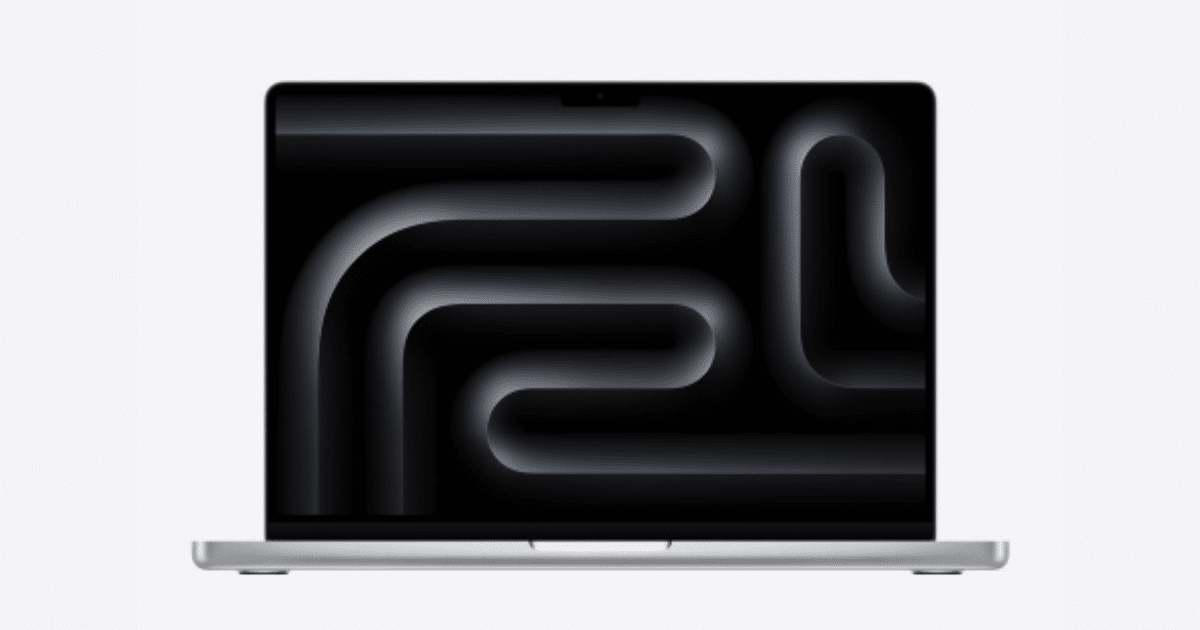The highly anticipated M3-powered MacBook Pro now supports multiple displays with the release of macOS Sonoma 14.6. This update is especially significant for the 14-inch M3 model.

The 14-inch M3 MacBook Pro can now support two external displays when the lid is closed, thanks to the latest macOS Sonoma update. Most Apple Macs with Apple silicon can only handle one external monitor in their base configuration. While the M3 MacBook Air was the first to offer this feature, allowing users to connect two external monitors, the 14-inch M3 MacBook Pro initially lacked this capability. This change is detailed in Apple’s macOS Sonoma update support document.
Despite having the same chip as the M3 MacBook Air, the M3 MacBook Pro was not multi-display compatible when it was first released in October 2023. Apple said in March that the M3 MacBook Pro will allow multiple displays in the future with a software update.
The macOS 14.6 update release notes state, “In addition to significant bug fixes and security upgrades, this version includes support for using up to two external screens on a 14-inch MacBook Pro with M3 chip when the laptop lid is closed.”
With the lid closed, the 13-inch M3 MacBook Pro can accommodate two external displays at up to 60Hz at 5K resolution, or one external display at 6K resolution. Multiple displays are already supported by the higher-end MacBook Pro models running the M3 Pro and M3 Max processors.
A limitation to consider when utilizing the multi-display feature: the M3 MacBook Air and M3 MacBook Pro can only connect to two monitors with the laptop’s lid closed. This presents two options for users: either employ the MacBook’s built-in display alongside one external monitor or exclusively utilize two external screens.
Beyond the enhanced display capabilities, Apple’s security support documentation outlines multiple vulnerabilities addressed in macOS Sonoma 14.6. While there’s currently no indication of these vulnerabilities being exploited, it’s advisable to install the update promptly to safeguard your Mac.
Read more: